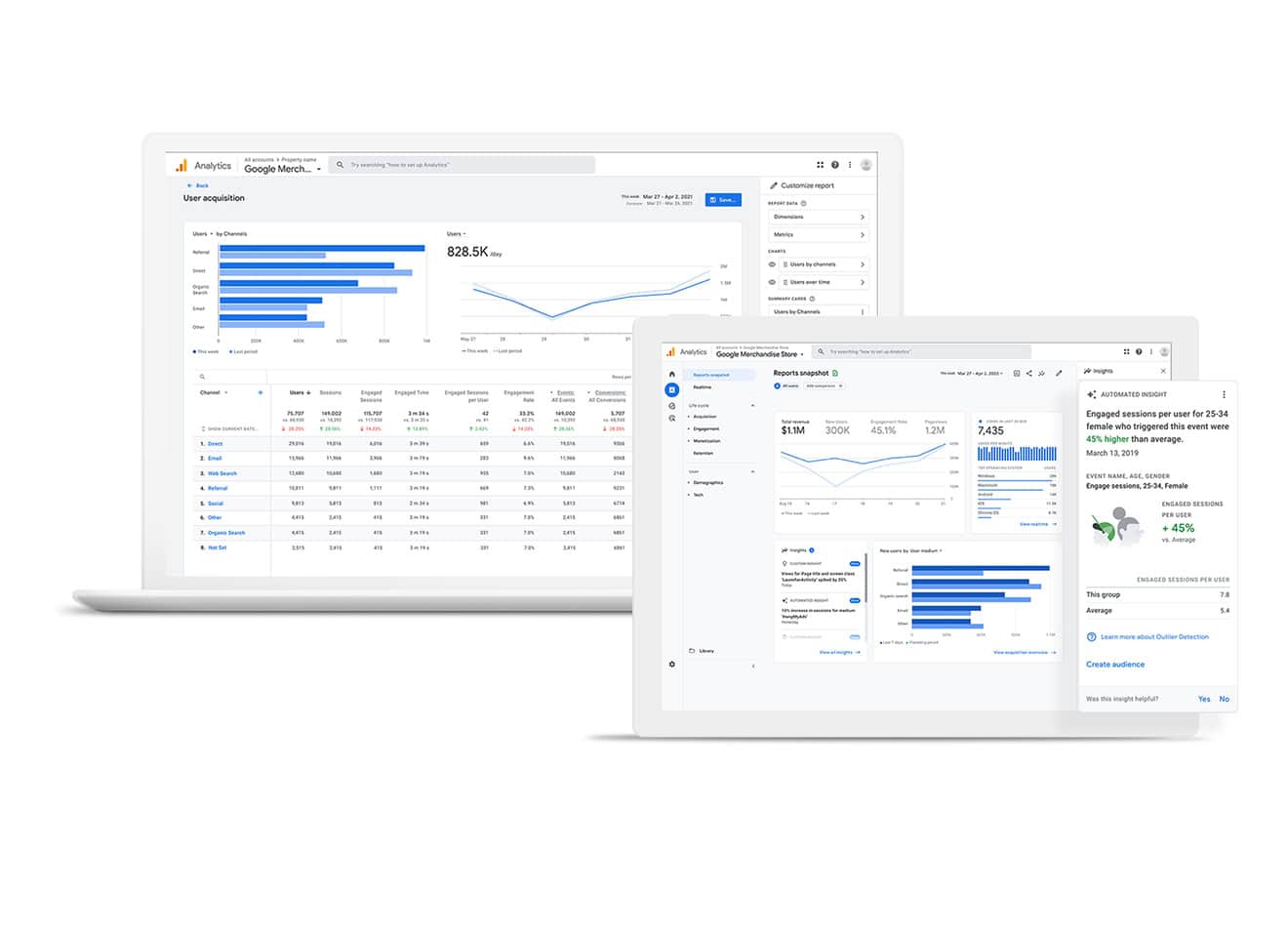Google Ads stands out as a potent tool for companies looking to improve their online presence in the constantly changing field of digital marketing. Learn how to use it effectively. However, a thorough understanding of the different tactics that can improve your advertising efforts is essential to the success of your campaigns. Understanding your target audience, using data & analytics, customizing ad content, & other crucial tactics will all be covered in this article.
Key Takeaways
- Understanding your target audience is crucial for effective marketing
- Utilize data and analytics to gain insights into your audience’s behavior and preferences
- Personalize ad content to make it more relevant and engaging for your audience
- Test and optimize your marketing strategies to improve performance
- Leverage retargeting techniques to re-engage with potential customers
By putting these strategies into practice, you can increase your ROI and promote genuine brand interaction. Understanding your target audience thoroughly is the first step towards developing effective Google Ads campaigns. By understanding your target audience’s demographics, interests, & habits, you can effectively customize your advertisements. Do market research first to determine the essential traits of your ideal client.
Age, gender, location, income level, and shopping habits are a few examples. You can produce more relevant and targeted advertisements that appeal to potential buyers by dividing up your audience according to these criteria. Also, knowing your audience is more than just knowing their demographics. It entails investigating their reasons and problems. You can create persuasive ad copy that appeals to their needs and desires by finding out what problems they face that your product or service can resolve and what their goals are. You can improve your targeting strategy by using tools like Google Analytics and customer surveys, which can give you important insights into the preferences & behaviors of your audience.
The foundation of any successful Google Ads campaign is data and analytics. You can use these tools to learn more about the effectiveness of your advertisements and make wise decisions to maximize their performance. Establish specific objectives for your campaigns first, such as raising sales, lead generation, or website traffic. You can monitor key performance indicators (KPIs) like cost per acquisition (CPA), conversion rates, and click-through rates (CTR) using Google Ads’ integrated analytics tools after you’ve established your goals.
| Ad Targeting Strategy | Metrics |
|---|---|
| Demographic Targeting | Age, Gender, Income, Education |
| Geographic Targeting | Location, Zip Code, City, Country |
| Behavioral Targeting | Online Activities, Purchase History, Interests |
| Interest Targeting | Hobbies, Lifestyle, Preferences |
| Remarketing | Website Visitors, Previous Interactions |
You can spot trends and patterns in user behavior by routinely examining this data. For example, you might want to reallocate your budget to concentrate on the high-performing keywords if you observe that they are generating more traffic than others. A/B testing various ad variations can also reveal what appeals to your audience the most. You can increase the efficacy of your campaigns and eventually attain better outcomes by regularly evaluating and modifying them in light of data-driven insights. Personalization is crucial in today’s digital environment to draw in potential clients. While customized content can greatly increase click-through rates and conversions, generic advertisements frequently fall short in terms of user engagement.
Segmenting your audience according to their interests & behaviors is the first step in creating personalized ad content. For instance, if you own an online store, you may make different advertisements for clients who have made purchases from you in the past and for those who are just visiting. Customizing your ads can also be accomplished by using dynamic keyword insertion. Depending on the user’s search query, this technique enables you to automatically add pertinent keywords into your ad copy.
Your ads seem more pertinent and suited to the specific searcher’s intent as a result. Also, think about utilizing retargeting techniques to display tailored advertisements to users who have already engaged with your products or website. You can raise the chance of conversion by reminding them of their interest. An effective Google Ads strategy must include testing & optimization. Because of the ever-evolving nature of digital marketing, what is effective today might not be tomorrow.
Consequently, it’s critical to embrace a continuous improvement mindset. To start, run A/B tests on different ad components, including calls-to-action (CTAs), landing pages, headlines, & images, to see which combinations work best. After collecting data from your experiments, examine the findings to find patterns and revelations. Consider making adjustments to all of your campaigns if, for example, one ad variation routinely performs better than another in terms of CTR or conversion rate. Also, evaluate your keyword performance on a regular basis and modify your bids as necessary. You may make sure that your advertising efforts continue to be successful and pertinent by refining your campaigns in response to user feedback and real-time data.
One effective tactic for getting back in touch with customers who have already interacted with your brand but did not convert is retargeting. You can remind these users that they are interested in your goods or services by showing them targeted advertisements while they are on other websites or social media sites. This method improves conversion rates while simultaneously raising brand awareness. In order to successfully use retargeting, begin by building custom audiences according to website user behavior. Users that visited particular product pages without making a purchase or who abandoned their shopping carts, for instance, can be targeted.
Create enticing advertising copy that speaks to their prior interactions, providing a discount or emphasizing the advantages of the product, to entice them to come back and finish the transaction. Strategic use of retargeting strategies can greatly increase conversion rates and optimize the efficacy of your Google Ads campaigns. Increase Contact and Involvement. Even though Google Ads is an effective tool for increasing traffic and conversions, you can increase your reach and engagement by incorporating social media platforms into your marketing plan.
Social media platforms such as Twitter, Facebook, Instagram, and LinkedIn present special chances to interact more casually with possible clients. You can boost brand recognition & website traffic by advertising your Google Ads campaigns on these channels. Content Management on All Platforms. Think about producing interesting content for every social media channel that complements the messaging of your Google Ads campaign. For example, use LinkedIn for more business-to-business (B2B) content and Instagram for visually appealing images or videos that showcase your goods or services.
Social media advertising that is specifically targeted.
Take advantage of social media advertising options as well to target particular interests and demographics that complement your Google Ads campaigns.
This will help you optimize your marketing efforts and connect with the people you want to reach. Boost Brand Engagement and Visibility. You can improve brand visibility and increase engagement rates by developing a unified marketing strategy for social media and Google Ads.
Geotargeting is a crucial tactic for companies trying to successfully reach local clients. You can make sure that your ads are seen by people in particular locations where your goods or services are offered by customizing your Google Ads campaigns according to geographic location.
This strategy is especially advantageous for companies that provide location-based services or have physical locations.
The first step in successfully implementing geotargeting is to determine the locations of the majority of your clients. Make targeted campaigns with a focus on particular cities or regions using this data. To improve relevance for local searches, think about including location-specific keywords in your ad copy.
For instance, if you run a restaurant in New York City, using SEO terms like “best pizza in NYC” can draw in local clients looking for nearby dining establishments. You can boost foot traffic to your business and increase conversion rates by effectively utilizing geotargeting strategies. Before making a purchase decision, consumers in today’s digital environment engage with brands through a variety of channels. For your Google Ads campaigns to be as effective as possible, cross-channel marketing techniques must be used. This strategy entails developing a unified marketing experience across multiple channels, including social media, email marketing, content marketing, & more, in order to interact with users at various touchpoints.
While modifying content to fit the particulars of each platform, start by making sure your messaging is consistent across all channels. Use captivating images on social media, for example, and offer comprehensive information in blog entries or email newsletters. Send follow-up emails to users who clicked on your Google Ads but did not convert, for example, to target users who have interacted with your brand across various channels.
Effective cross-channel marketing strategy implementation can result in a smooth customer journey that improves conversions and brand recognition. In summary, mastering Google Ads necessitates a multifaceted approach that includes understanding your target audience, using data analytics, personalizing content, testing strategies, utilizing social media platforms, incorporating geotargeting, leveraging retargeting techniques, and putting cross-channel marketing strategies into practice. By incorporating these tactics into your digital marketing campaigns, you can improve campaign efficacy & yield better outcomes. Are you prepared to take your Google Ads campaigns to the next level?
Get started by putting these strategies into practice right now, and you’ll see how your online presence gets stronger! Visit [googleadauthority . com](http://googleadauthority . com) right now for more digital marketing best practices & professional advice on managing Google Ads!
If you are looking to improve your ad targeting strategies, you may want to consider hiring a digital marketing agency specialized in helping small businesses. One of the best options for small businesses in Portland, Oregon is this agency that offers tailored solutions to reach your target audience effectively. Another great option for small businesses in New Orleans, Louisiana is this agency that can help you optimize your ad targeting efforts. Additionally, if you are in the carpet cleaning industry in Jersey City, New Jersey, you may benefit from reading this article on effective marketing strategies for your business.
FAQs
What is ad targeting?
Ad targeting is the practice of using data to segment consumers based on their behavior, demographics, and interests, in order to deliver relevant and personalized advertisements to specific audiences.
Why is effective ad targeting important?
Effective ad targeting is important because it allows advertisers to reach the right audience with the right message at the right time, increasing the likelihood of engagement and conversion. This can lead to higher return on investment (ROI) for advertising campaigns.
What are the benefits of effective ad targeting?
Some benefits of effective ad targeting include higher engagement rates, increased conversion rates, improved ad relevance, reduced ad waste, and better overall campaign performance.
What are some common methods of ad targeting?
Common methods of ad targeting include demographic targeting (age, gender, income, etc.), behavioral targeting (based on online behavior), contextual targeting (based on the content of the webpage), geographic targeting (based on location), and retargeting (targeting users who have previously interacted with the brand).
How can advertisers improve ad targeting effectiveness?
Advertisers can improve ad targeting effectiveness by leveraging data and analytics to better understand their target audience, using advanced targeting tools and technologies, testing and optimizing ad targeting strategies, and staying up-to-date with industry best practices.










